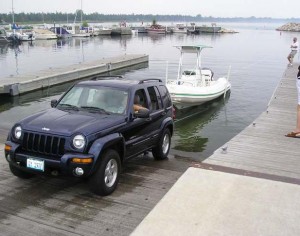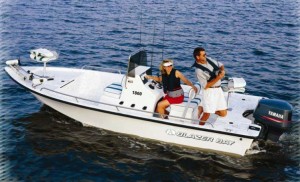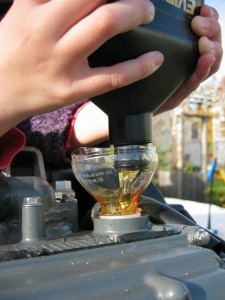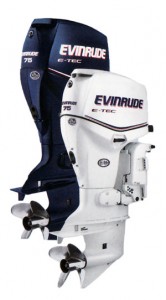Basic Outboard Maintenance: Part Four
 One of the most perilous times for your boat is the transfer from dry land to the water. This often involves a lengthy drive and being in reverse when the end of your trailer is over 20 feet away. Particularly when you’re backing your boat, the motor is extremely susceptible, so it’s imperative to take some precautionary measures to make sure your boat makes it into the water in one piece.
One of the most perilous times for your boat is the transfer from dry land to the water. This often involves a lengthy drive and being in reverse when the end of your trailer is over 20 feet away. Particularly when you’re backing your boat, the motor is extremely susceptible, so it’s imperative to take some precautionary measures to make sure your boat makes it into the water in one piece.
First, always make sure your vessel is topped off with fuel and outboard motor oil before you reach the marina. When backing the boat towards the water, always have a spotter outside the boat to guide you. If you are unfamiliar with launching your boat, it’s a good idea to take some dry runs in the driveway before you try the real thing. Use your mirrors as you are reversing, moving the steering wheel in the direction you want the back to go.




